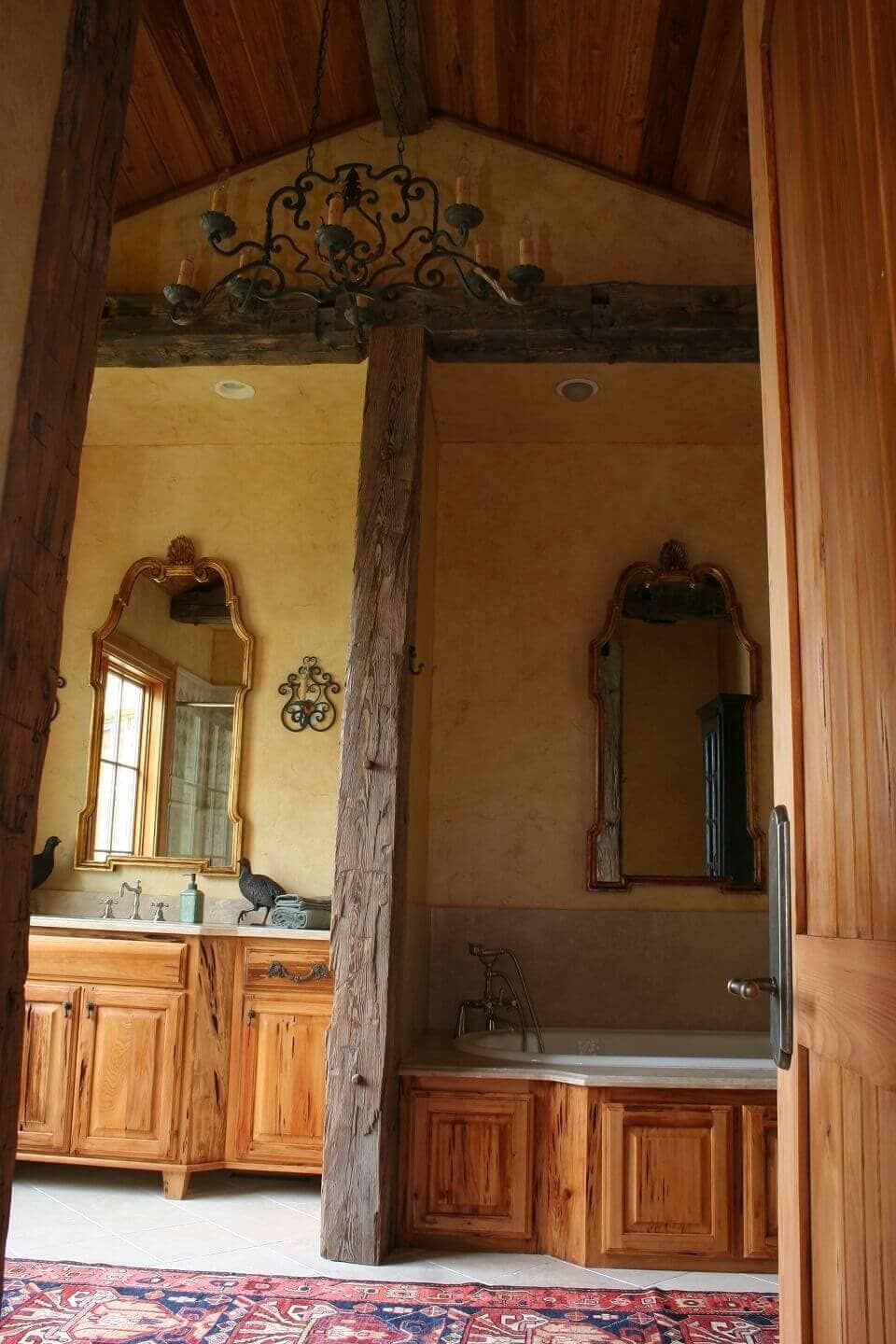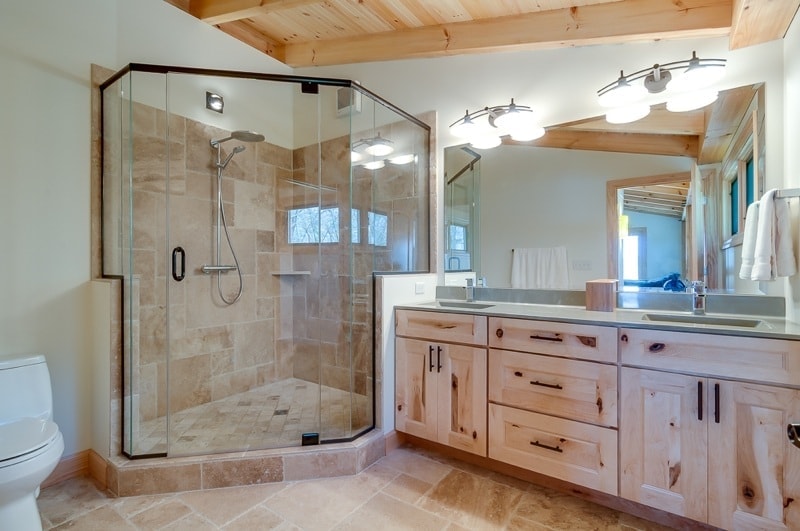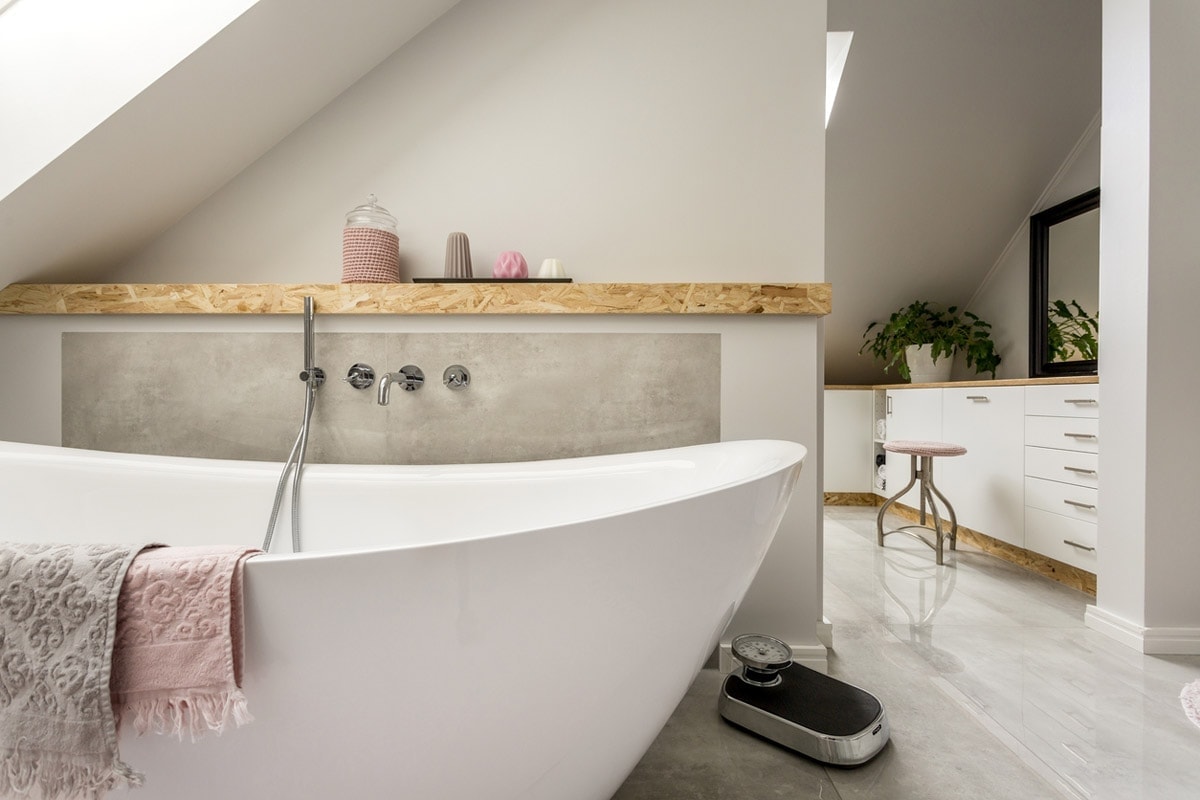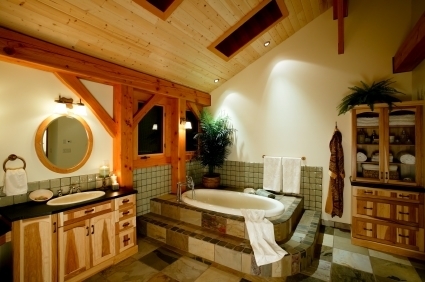If you were asked to pick the most functional room in your home, what would you say? A lot of people might think it’s the kitchen, which is certainly a valid choice. After all, it’s one space that you couldn’t live without. There is one room that is often overlooked, though: the bathroom.
Every room in your home is important but, when it comes down to it, there are only a few that are essential. Without a doubt, the master bathroom is one of the most important rooms in your home because of the purpose it serves.
Of course, just because it’s functional doesn’t mean it has to be boring! When you sit down with your architect or contractor to plan, it’s important to know what you want in your new master bathroom. The goal should be for it to meet all of your needs, both practical and aesthetic. When remodeling, you need to think about the cabinets, the plumbing fixtures, frosted glass, the type of tile, the focal point such as a mirror, how spacious you want it, the ceiling, storage space, and even the floor! Here are some ways to make sure that this important room is both beautiful and functional.

Built by Moresun Timber Frames, out of Long Creek, South Carolina.
1. Mind the Flow
One of the most important things to remember when building a master bath is that it is often an extension of the master bedroom and the floor plan should reflect that. When working with your contractor or architect, planning the flow from the hallway to the bedroom to the bathroom is key to making it feel like an integrated part of the master suite.
One approach is to place the bathroom as far away from the suite entrance as possible. The further the master bathroom is from the hallway and the rest of the house, the more private it is. It keeps the bathroom a more intimate space where you can powder your nose without being interrupted.
Another approach is to build it where it’s more accessible. This is a good option if you and your partner have different wake times or work schedules because it means that the bedroom area is more isolated than the bathroom. While this doesn’t have quite the same level of privacy, it does allow for a better sleeping environment and fewer disruptions.
Do you want the bathroom to open directly into the bedroom? Or would you prefer a separation with a dressing area? All of these are decisions that affect the aesthetics of the room but really impact function as well.
2. Function Is the Priority of the Design
We do very specific things in bathrooms and there should be designated spaces for each of them. When deciding on the best layout, keep the different functions in mind: toileting, showering, washing up, and dressing.
By focusing on creating a specific space for each function, the master bathroom will feel like more of an actual room in your home than just a necessary space. For example, by placing the sink or double sinks in a contained area, it becomes a nice space of its own where you can wash your face and brush your teeth without standing next to the toilet or bothering your partner in the shower.
Decide if you want a separate tub and shower or a combination. Combined shower/tubs save space and are quite practical though if you wanted to give your bathroom a spa-like feel and create a space to truly relax, having a separate tub area is a great choice.
Now, what about the toilet? If you want the toilet to have its own enclosed space, keep in mind that this will require a little more area than integrating it into an open bathroom which can actually make the space feel more open.
3. Treat It as a Room
The master bath is an extension of the master bedroom and should be treated as such. Don’t just think of it as a bathroom. Is your bathroom door usually open? Can you see inside it when you’re lying in bed or when you first enter the room? Are you looking directly at the toilet or do you see a beautiful claw foot tub? When you’re taking a bath, are you staring at the wall? Or are you facing a window that lets in a lot of natural light? By focusing on making the bathroom a functional space in the master suite, you essentially make your bedroom bigger and more useful.
4. Fit in as Much Function as Possible
One thing that a lot of people don’t think about when designing and building a master bathroom is extra storage. By working it into your build, you actually increase the functionality of your bathroom. This can be done in a few ways: built-in shelving, a large under-sink cabinet with a lot of drawers, a large closet. Because the master bathroom is so interconnected with the bedroom, it has the added benefit of giving you more space to store things that you might not have room for in your bedroom closet.
There are a lot of other little ways to add a function that also decrease clutter. For example, you can add a clothes hamper under the sink to keep unsightly dirty clothes out of the way or add floating shelves next to the sink so you can keep clutter organized and out of the way.
Function and Form
When planning a build for your master bathroom, it’s important that it meets all your needs. It should be considered an extension of the master bedroom, a beautiful room that provides some privacy and a quiet place to escape to at the end of the day.
That said, it’s important to also remember that the master bathroom is one of the most functional rooms in your home. Take the time to plan out where you want the necessary and functional parts to be because they are the most important. That gives you the basic layout to work around so that you can get everything else just the way you want it. The result? A gorgeous bathroom that acts as an extension to your bedroom that’s a little more function than it is form. When it comes to bathrooms, it’s not a bad thing to be.


